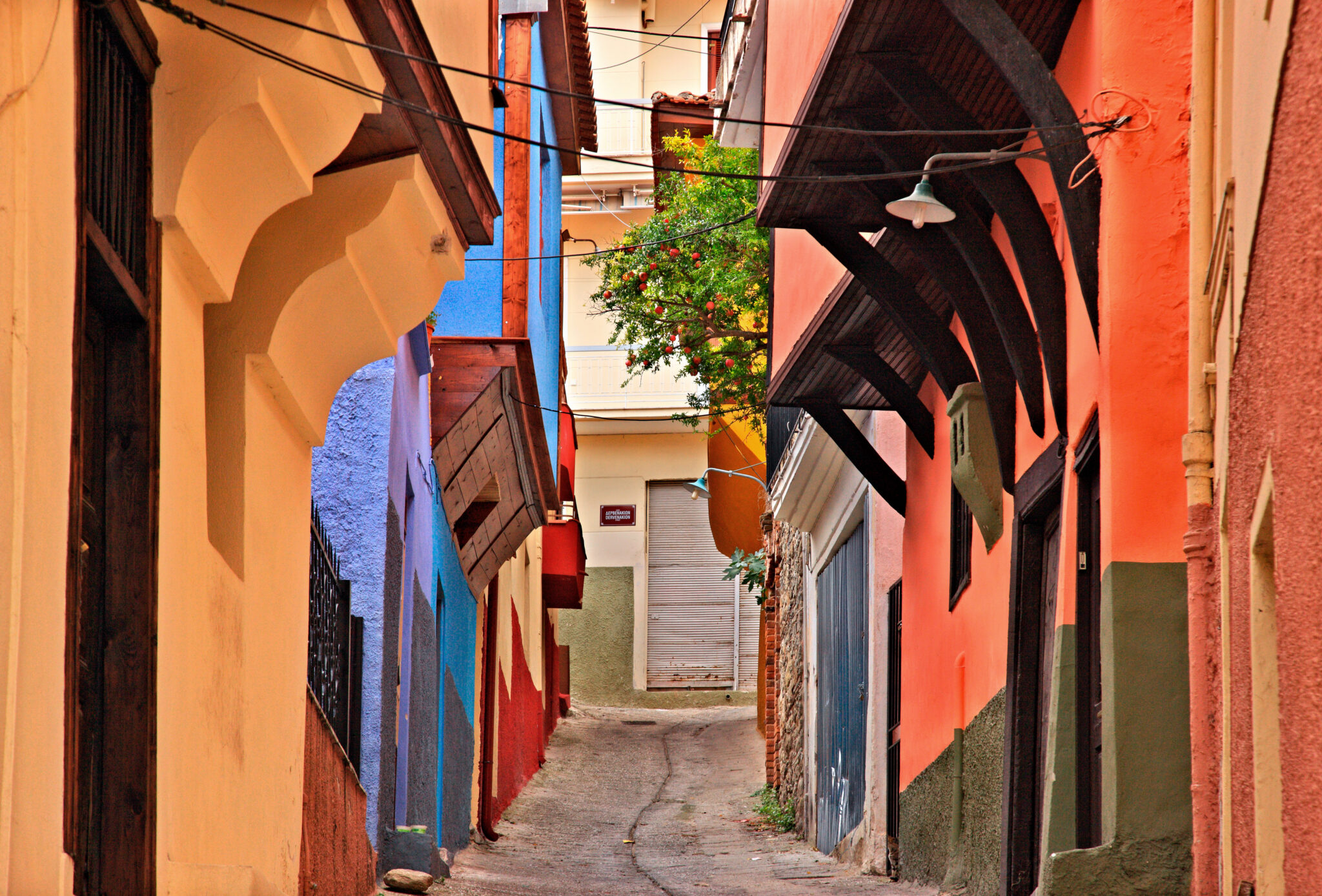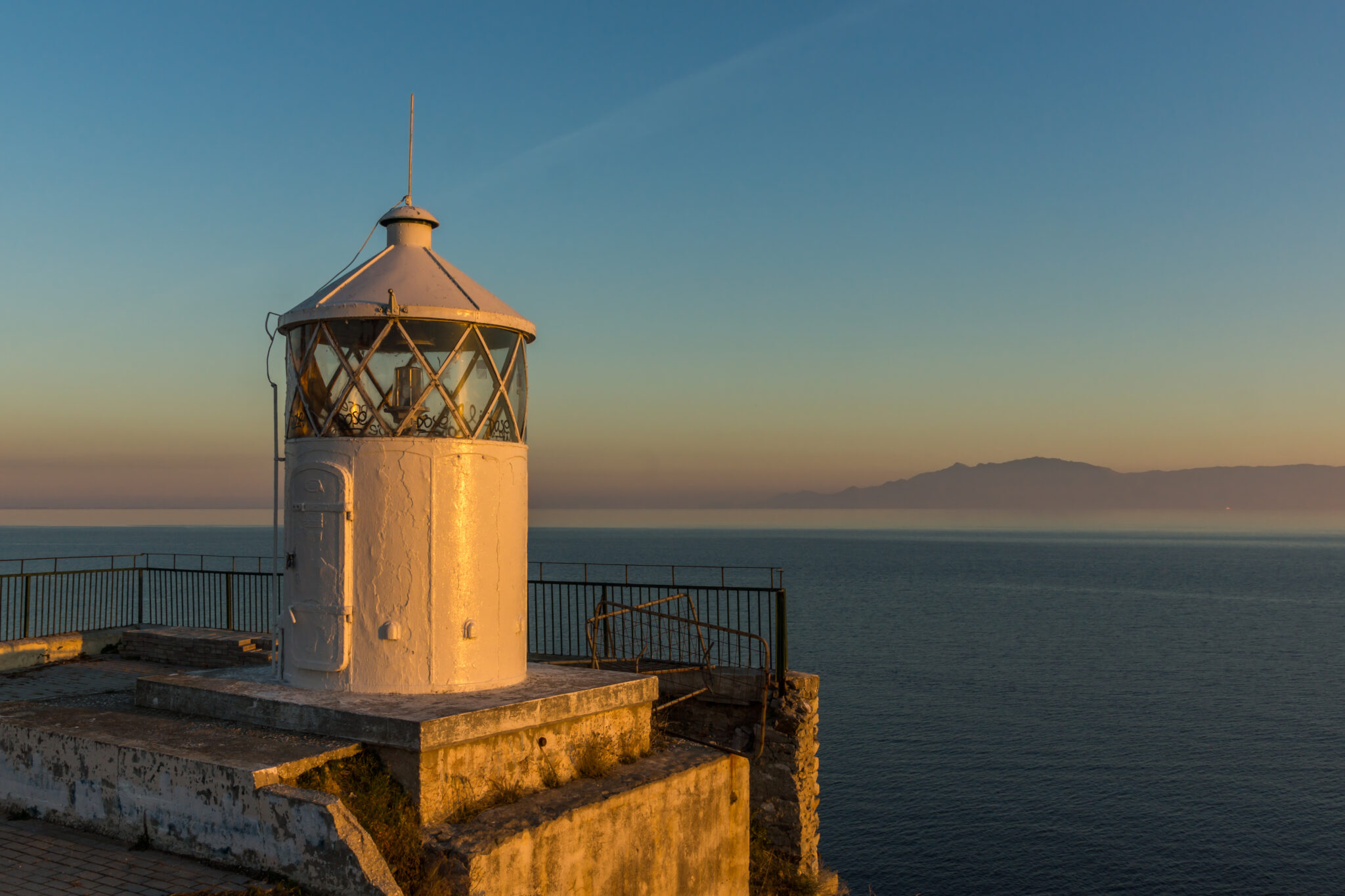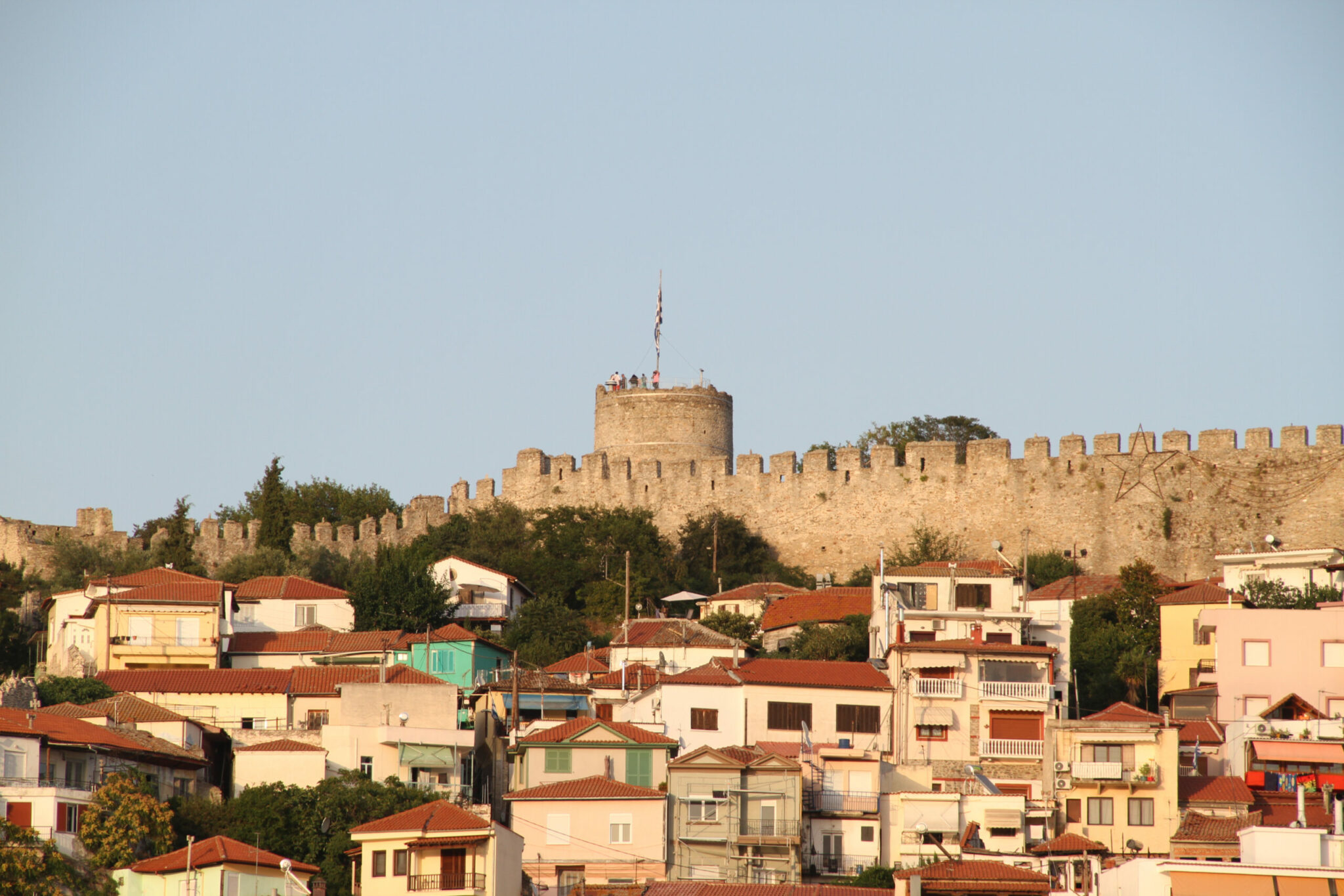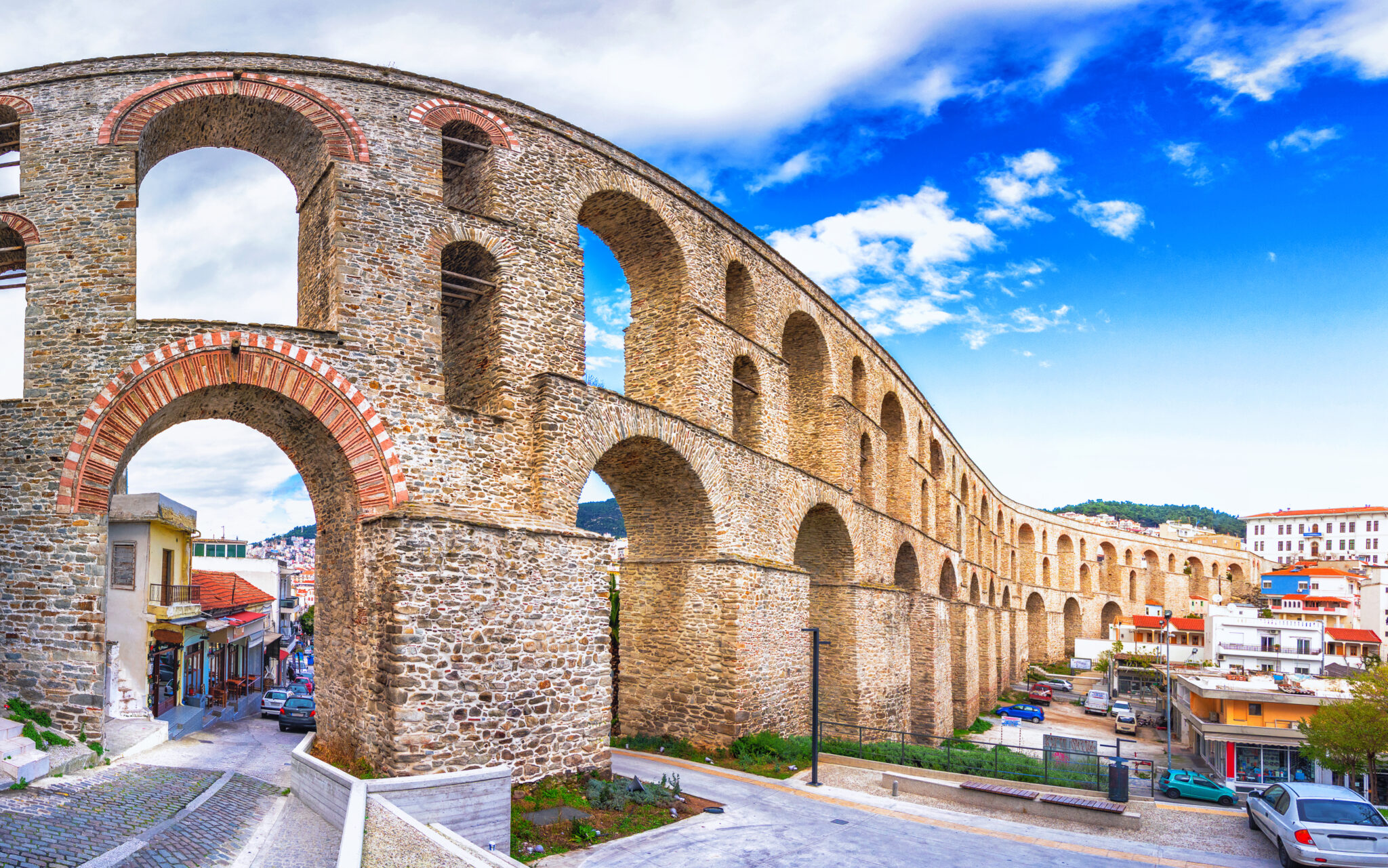Strolling around, your eyes are filled with colours; that’s what a walk in the Old Town of Kavala is like.
The Old Town is also known as the district of Panagia. Bristling with history, colours and aromas, Kavala is endowed with cobbled streets and wonderful views. Houses with wooden balconies, blooming gardens and charming courtyards. Traditional taverns, historical monuments and neoclassical buildings blend with Kavala’s natural beauty and complete the town’s unique scenery.
A walk around the district of Panagia takes visitors on a trip back in time, as the town’s scenic streets and alleys reveal Kavala’s history. So where does one begin a tour of this little part of Greece?
Karaoli square is the perfect starting point. After a short walk you will come across Imaret, which has always been a characteristic feature of Ottoman cities, lending them a special character. The Imaret of Kavala lies just inside the walls of the Old Town and occupies an area of 4.200sqm. It is considered a masterpiece of late Ottoman architecture and a rare example in the Old Continent.
There you will also see the house of Muhammad Ali, who was born in Kavala and founded Imaret. Mohammed’s house is now a museum and the headquarters of the MOHA Research Centre, while Imaret is now a hotel. As Anna Misirian, President of the Centre, comments, both MOHA and Imaret are cross-cultural meeting points. Something that every visitor to the old town of Kavala can verify.
A bit further down you’ll come across the Holy Church of the Assumption of Holy Mary. During the Turkish occupation, a monastery had been secretly operating where the church is built today. In fact, many Greek Orthodox lived in the area surrounding the site at that time. The church was built in 1957 on the site of the old one, which dates back to the 15th century. The district of Panagia took its name from this very church.
Continue on to the Lighthouse, one of the town’s most enchanting spots. This is where visitors come to enjoy panoramic vistas and flaming sunsets. The Lighthouse of Kavala overlooks the island of Thassos in the distance and Mount Athos. It’s the ideal place for romantic evening walks.
And, thus, we arrive at the Fortress, the Acropolis of Kavala, perched at the top of the peninsula of Panagia. It was first built in the 15th century and ever since it has undergone many reconstructions, interventions and additions in order to fortify it against the Byzantines, the Venetians and the Ottomans. Impressive in its character, it was built of local raw granite stones, brick and marble. Visitors can take a look at the ruins, enjoy a unique view from the top of the central tower, see the ammunition and food store that was later used as a prison, as well as the outpost that served as accommodation for the officers and guards.
Descending from the Fortress one faces the Kamares, the old arched aqueduct and the town’s most famous monument. The aqueduct was built in the 16th century to supply Old Kavala with water from a spring located at an altitude of 400 metres, known as the mother of water. The Kamares is believed to have been created by Ibrahim Pasha as part of works carried out at the time to rebuild the town after its occupation and destruction by the Ottomans in 1391.
In general, the old town of Kavala is a great monument per se. Its neighbourhoods reflect the course of time and the historical events that the town has witnessed, which gives it its unique character today and brings to mind fragments of history.














